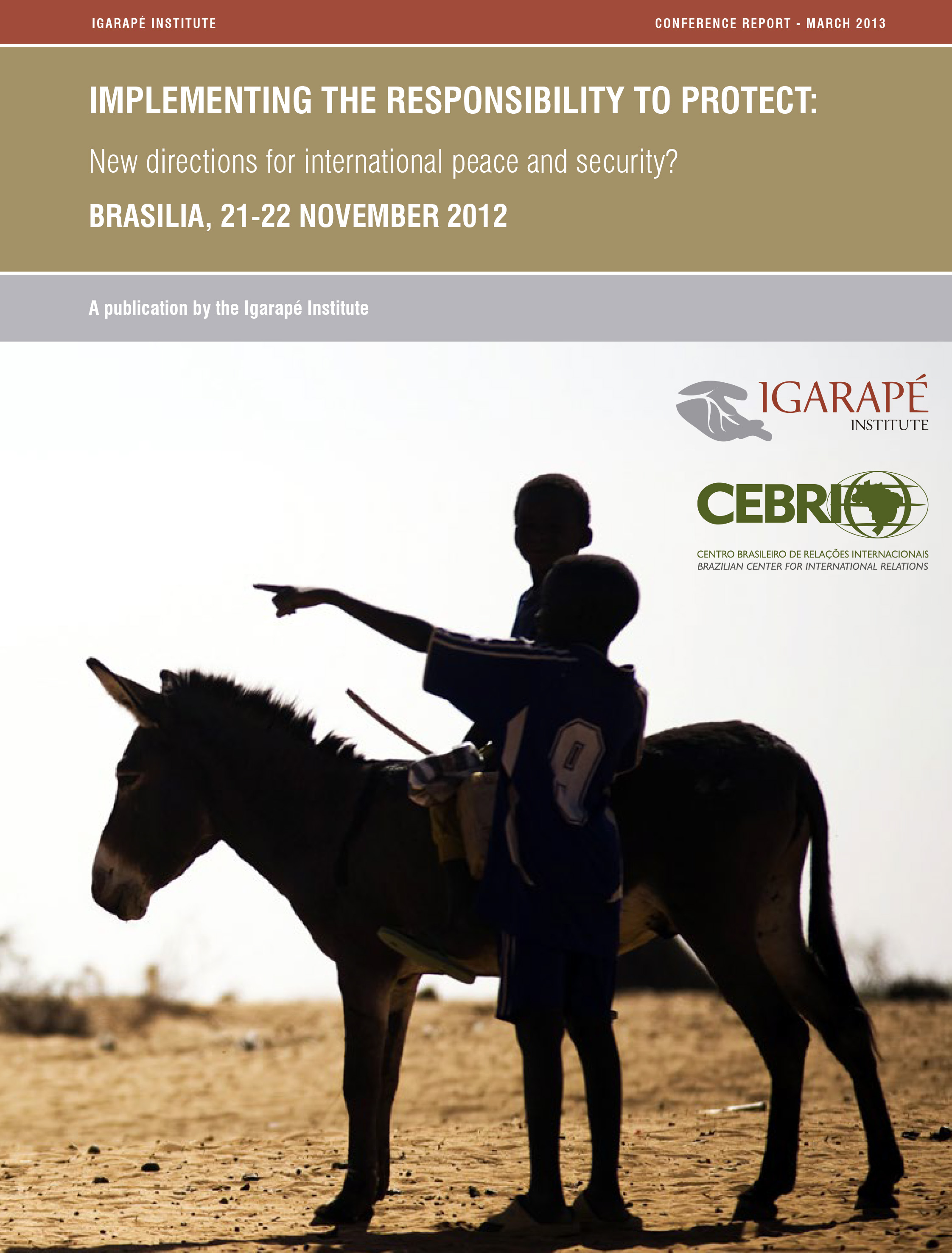Reports
Implementing the Responsibility to Protect: New Directions for International Peace and Security? | Report
- 19 march 2013
The international peace and security architecture is undergoing a profound renovation in the 21st century. The Responsibility to Protect (R2P) doctrine, widely considered a powerful new normative contribution, is being re-evaluated from at least two perspectives. From a political perspective, it is being reconsidered in light of the paralysis of the UN Security Council (UNSC) during the Syrian crisis. From an operational perspective, the practice of R2P (particularly the use of force) is the subject of heated debate, inside and outside the corridors of the UNSC.
The international peace and security architecture is undergoing a profound renovation in the 21st century. The Responsibility to Protect (R2P) doctrine, widely considered a powerful new normative contribution, is being re-evaluated from at least two perspectives. From a political perspective, it is being reconsidered in light of the paralysis of the UN Security Council (UNSC) during the Syrian crisis. From an operational perspective, the practice of R2P (particularly the use of force) is the subject of heated debate, inside and outside the corridors of the UNSC.

